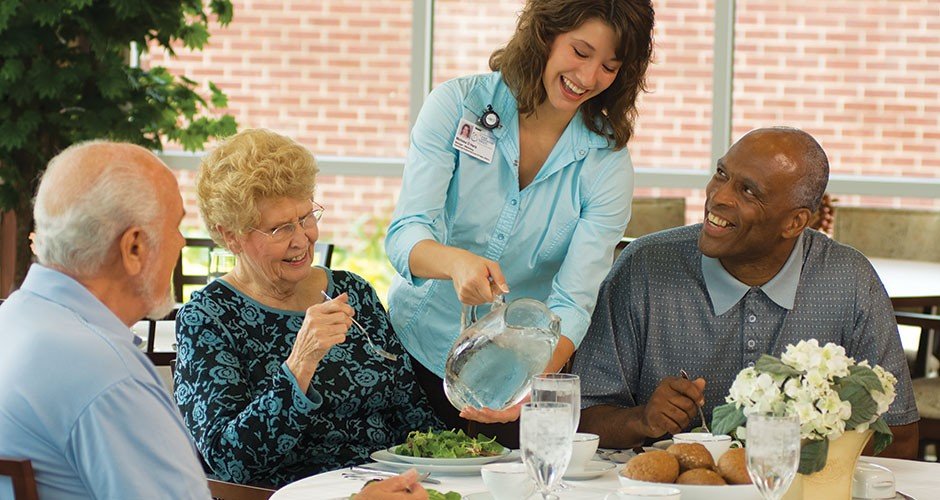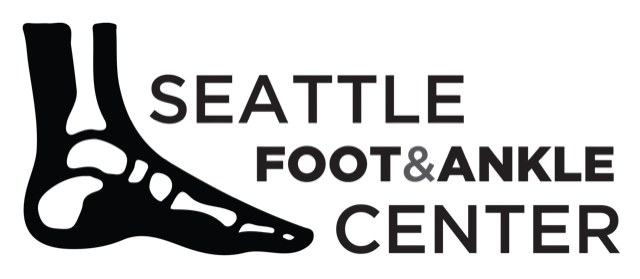Foot and ankle services are performed for multiple residents in the facility on a regular interval basis as part of limb preservation. We are currently not accepting new facilities. Please contact the following resources to inquire about service availability:
- Dr. Joseph Greenberg, mobilepractice@gmail.com, 206-478-3800
- Washington State Podiatric Medical Association, info@wspma.org, 206-484-4790
We also do not provide care to private homes. Please consider the following resources for care in private homes:
- Dr. Michaela Ostradicky, North Seattle, Shoreline, Edmonds, Bothell podiatrist, 206-432-1803
- Nursingfootcare.com, Bainbridge Island foot care nurse
- Cascadefootcare.com, Eastside foot care nurse
- Pacific Mobile Foot Care, Eastside mostly foot care nurse, 425-255-3666.
We have no affiliation with these providers and make no specific recommendations.

1. Skilled nursing facility. These are also called health care centers, and look like hospital wards with a nursing station. They provide care for seniors with the greatest need, such as those who are bedbound, need tube feeding, wheelchair-bound, or need help transferring, eating or bathing. Residents may also have had a major injury, illness or hospitalization, and may be staying at this type of facility for a short time. They are one step below the care typically given in a hospital.
2. Adult family home. These are houses usually privately owned by a nurse, and staffed by nursing assistants. These staff members often live on site. They care for patients who have a wide range of needs. Some homes may have patients who come and go as they please. Other homes may have patients who have mental health issues. Others homes may house those with dementia. Yet others, those with physical needs similar to patients in skilled nursing facilities. There is a set number of residents who can live in these houses, usually around 6. This represents a low staff to patient ratio. Some nurses may own multiple homes and group patients in the various homes with similar needs. Others may have one home with patients representing a range of needs.


3. Senior living communities. These are larger facilities with dozens or hundreds of residents, and may be part of a large chain of facilities. They may offer different levels of care. Independent living patients have very minimal services provided by the staff of the facility. It is very much like apartment living, where the patient handles their own affairs, and may participate in the activities of the facility. Assisted living patients usually remain in the facility and have some services provided. Outside conveniences are often brought in. There may be meals provided, exercise programs, a gym, a pool, games, a hair salon, massage. One nurse may be present to coordinate medications for the entire facility, and there may be nursing assistants to administer the medications. Memory care patients are required to remain in their unit, and have activities that help them to remember their past, such as childhood games or songs.
Podiatrists usually come to facilities to attend to the foot and ankle medical and surgical needs of residents on a 61-day interval, according to Medicare guidelines. The following article describes some of their services.
